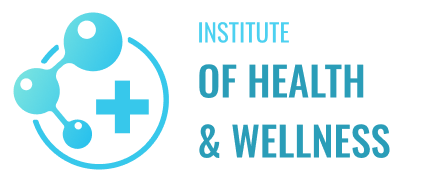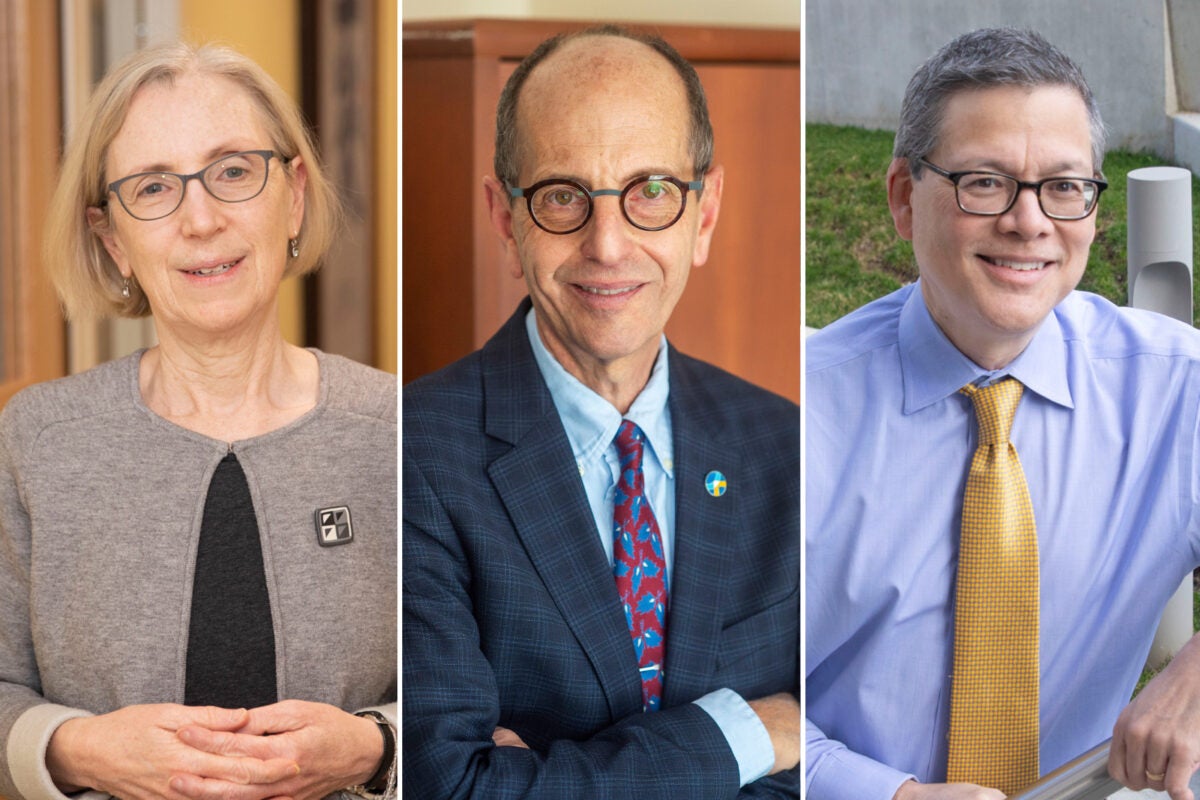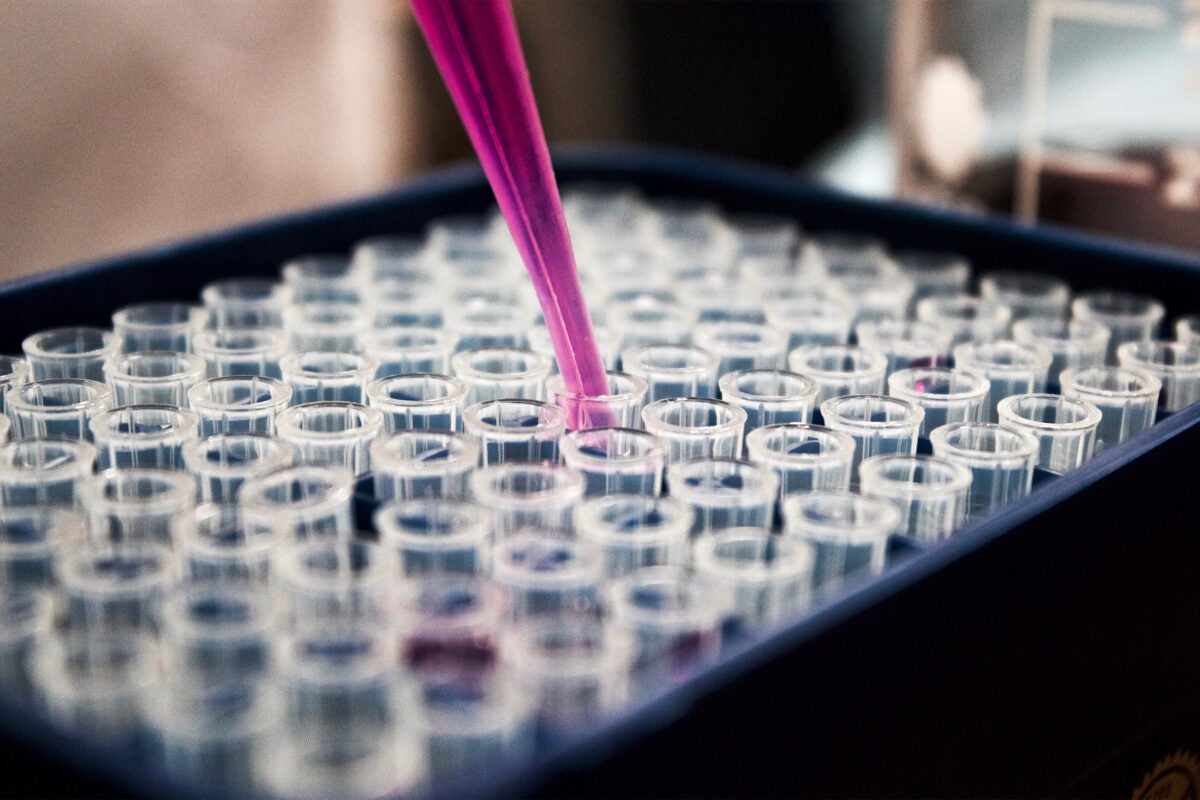As weary Americans hold out hope that the decline of Omicron signals an end to the pandemic’s emergency phase, physicians who treat long COVID are worried about the potential for a new wave of cases.
Experts say that nothing is certain regarding Omicron and long COVID, mainly because the variant roared onto the scene so suddenly in December that too little time has passed to detect a strong Omicron signal in the ongoing stream of long COVID cases. Evidence that the variant causes milder illness has prompted some to speculate that Omicron may mean fewer long COVID cases. But the jury is still out on whether the virus itself causes less-severe illness, as hinted in animal studies, or whether the milder effects are actually due to higher levels of population immunity.
Meanwhile, those who care for long COVID patients say mild initial illness may offer little protection because the majority of cases appear to stem from infections that didn’t require hospitalization. The head of one clinic is starting to see Omicron-related cases and says he has little reason to think the variant will differ from earlier versions of the virus in its ability to generate long COVID.
“Because there are so many people infected with Omicron, we expect those cases, unfortunately, will lead to more cases of long COVID,” said Jason Maley, director of Beth Israel Deaconess Medical Center’s long-COVID clinic, which is part of a multicenter study funded by the National Institutes of Health to explore the causes of the condition. “I don’t think there’s anything that has been seen about the virus itself, the Omicron variant, to say that it won’t cause long COVID.”
Long COVID is an array of symptoms that present four to eight weeks after acute illness has passed. The condition is thought to affect as many as 30 percent of patients and can include a continuation of symptoms suffered during the acute phase — shortness of breath or fatigue, for example — along with new symptoms that occur after patients feel like they’ve recovered: chest discomfort, severe pain, dizziness, vomiting, brain fog.





